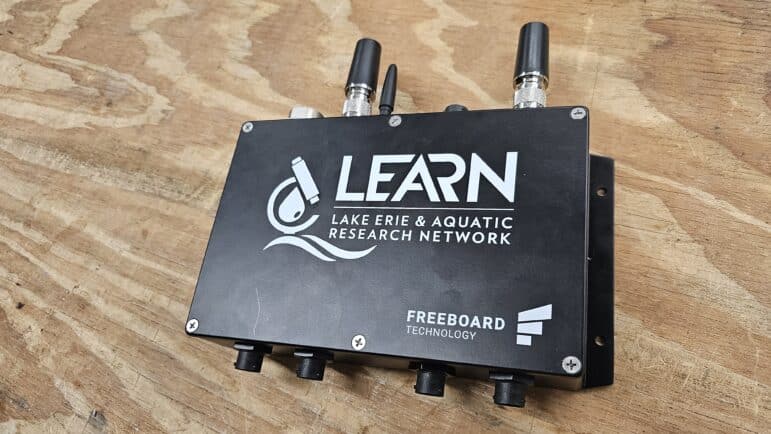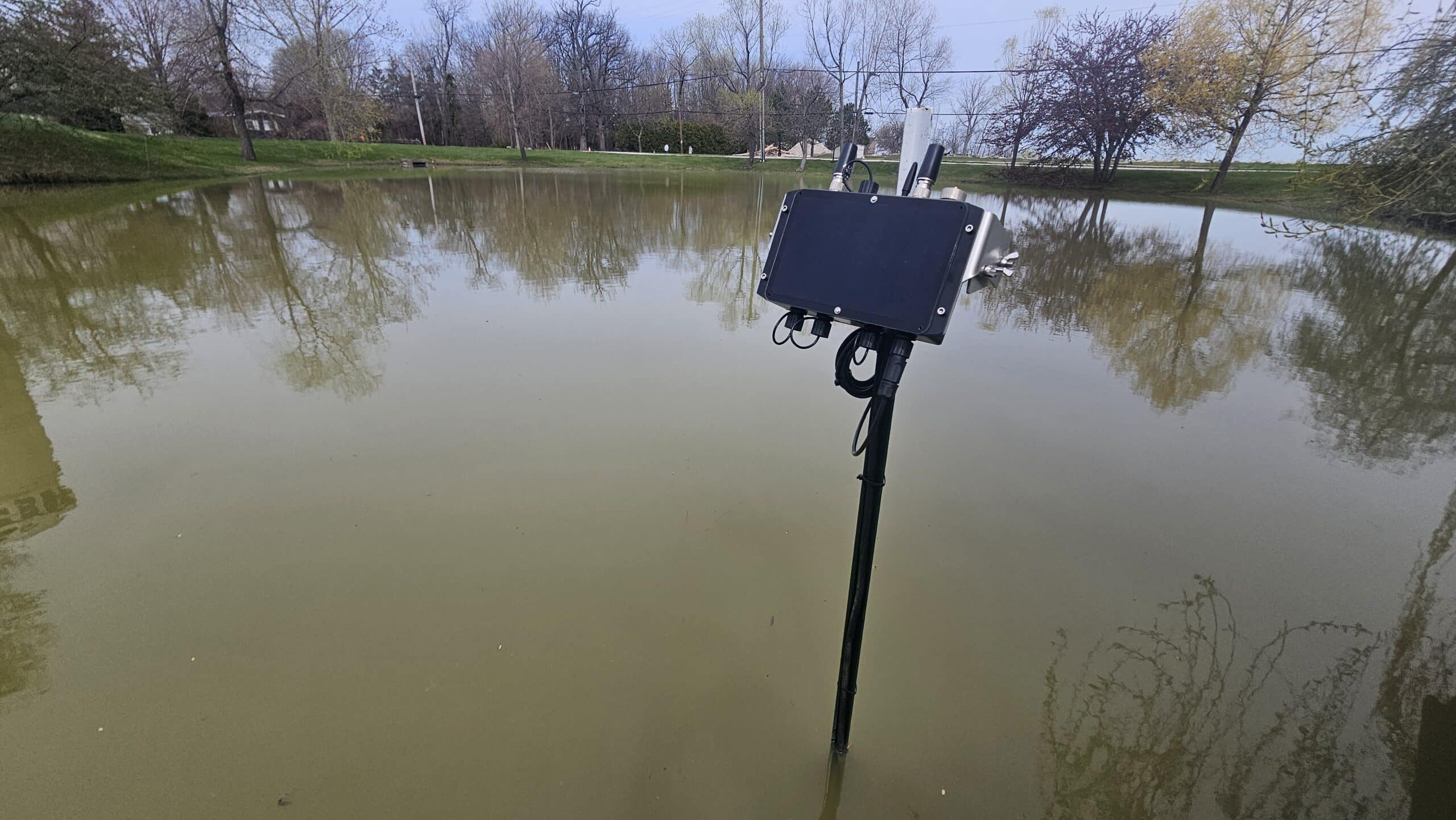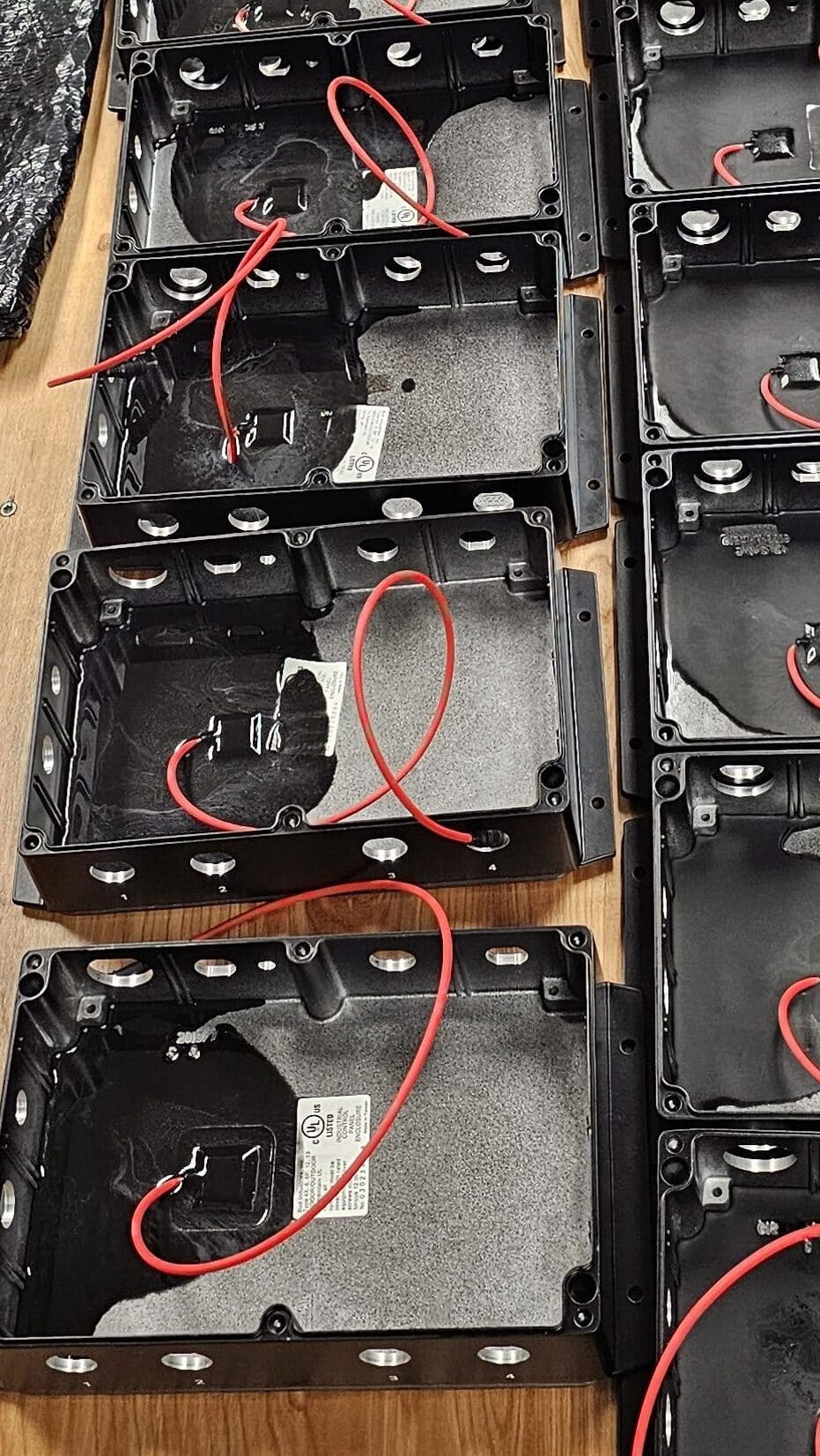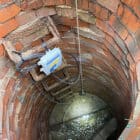The Wetlands and Water Quality group within the Lake Erie Aquatic Research Network (LEARN) was contracted by the Ohio Department of Natural Resources (ODNR) to design and implement a comprehensive wetland monitoring program. This initiative was part of the broader H2Ohio Initiative, which aims to address complex water quality challenges across Ohio, including nutrient pollution and ecosystem degradation.
The monitoring program was specifically tasked with evaluating the nutrient removal effectiveness of newly restored wetlands funded through the H2Ohio program. These wetlands play a critical role in improving water quality by filtering excess nutrients before they reach Lake Erie and other water bodies.
Challenge
To effectively monitor dozens of wetland restoration sites, LEARN needed a scalable, reliable, and cost-effective sensor network. However, the diversity of wetland environments and the complexity of nutrient monitoring posed significant technical challenges. Off-the-shelf data loggers lacked the flexibility and durability required for long-term deployment in remote and variable field conditions.
Solution Development
During the initial phase, LEARN partnered with LimnoTech to train staff on sensor deployment and data collection techniques. Over the course of a year, LEARN tested various sensors and mounting configurations to identify a robust system suitable for widespread deployment.
With a clear understanding of their technical requirements, LEARN determined that a custom-built data logger would be necessary to meet the program’s needs. They contracted Freeboard Technology, a company specializing in environmental monitoring solutions, to design and manufacture a tailored batch of data loggers.

Implementation
Freeboard Technology developed a rugged, solar-powered data logger system based on the EnviroDIY open-source platform. These loggers were engineered to interface seamlessly with the sensors selected by LEARN and included custom PCBs to enhance usability and field-readiness.
The first batch of 75 data loggers was deployed across H2Ohio wetland sites. The system performed reliably throughout the initial year of operation, validating the design and functionality under real-world conditions.
Results and Expansion
Following the successful deployment and performance of the initial data loggers, LEARN expanded its monitoring network by ordering an additional 50 units. This scale-up enabled broader data collection across more restoration sites, enhancing the program’s ability to assess nutrient removal and inform future wetland design and management strategies.
Conclusion
This collaboration between LEARN, LimnoTech, and Freeboard Technology exemplifies how targeted innovation and cross-sector partnerships can overcome technical barriers in environmental monitoring. The custom data logger solution not only met the unique needs of the H2Ohio Initiative but also laid the groundwork for scalable, long-term wetland assessment across Ohio.






